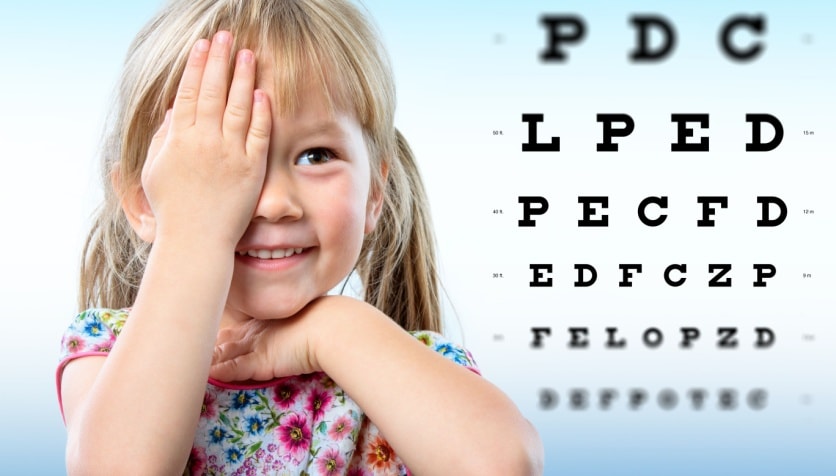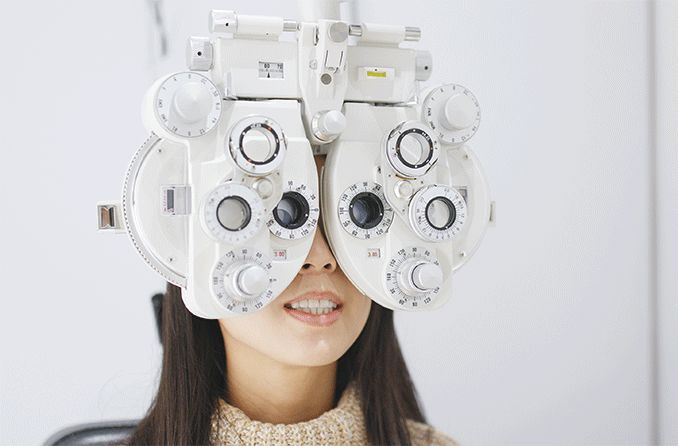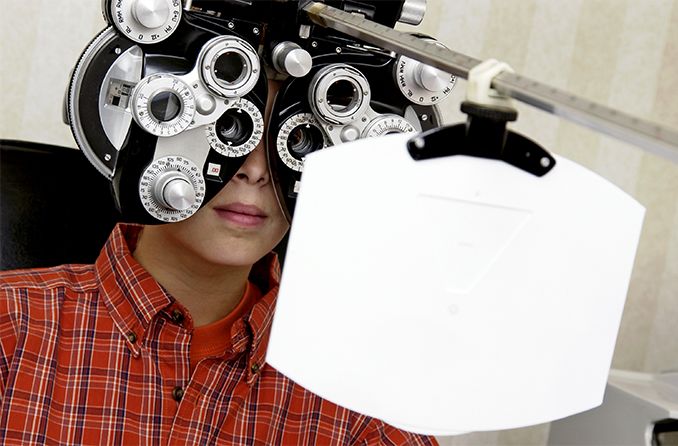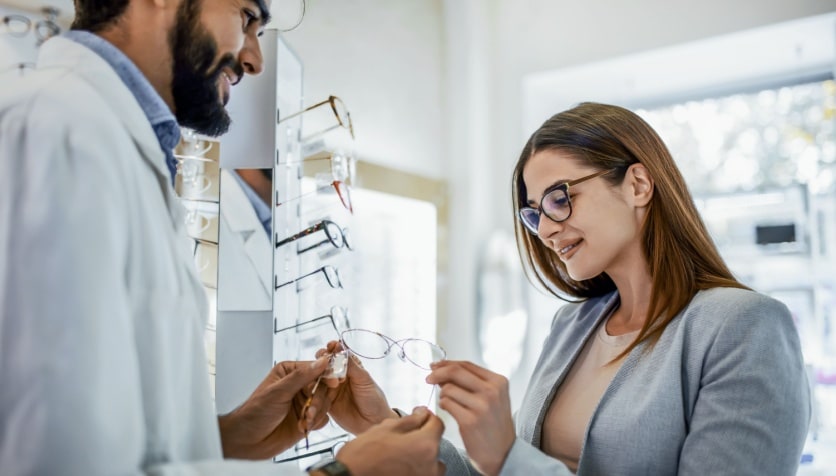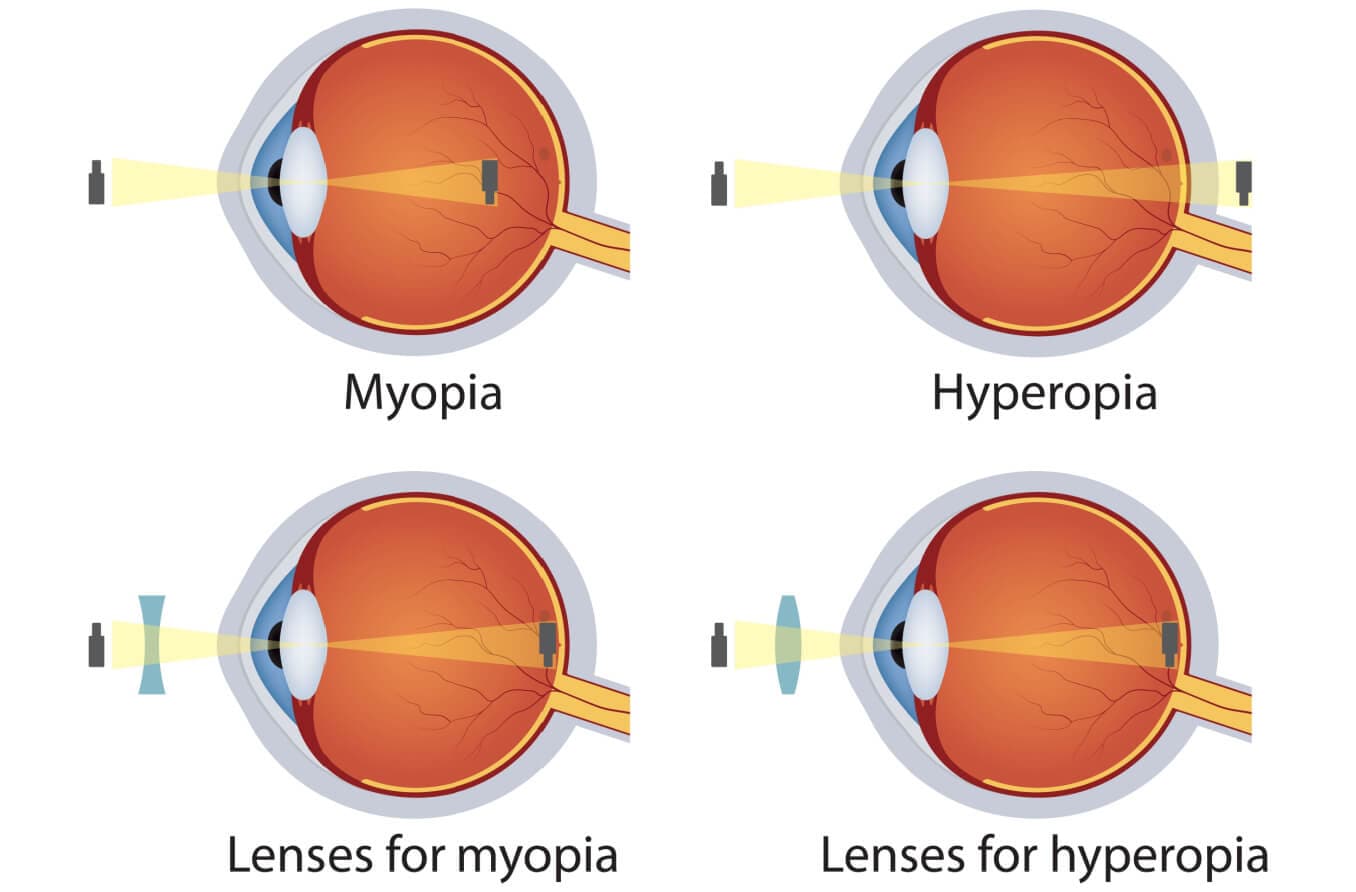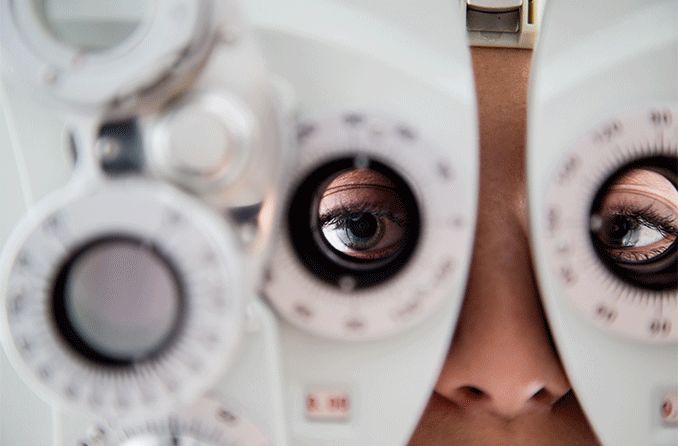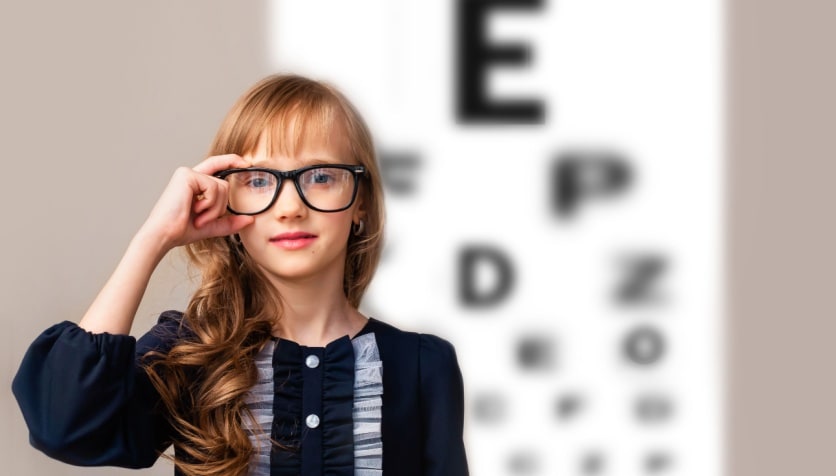Yes, people can be nearsighted in one eye and farsighted in the other. The medical terms for this condition are anisometropia and antimetropia. Anisometropia means the two eyes have a difference in refractive power. Antimetropia means the difference is myopia in one eye and hyperopia in the other.
In anisometropia, both eyes may be nearsighted or farsighted. Or, one eye can be nearsighted and the other farsighted.
If you have anisometropia, your eyeglass prescription for one eye will usually differ from the other eye by one diopter or more.
Antimetropia is the medical term used specifically for myopia in one eye and hyperopia in the other. However, many eye doctors use the term mixed anisometropia for this condition.
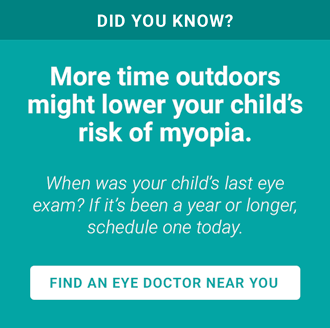
Anisometropia symptoms
Anisometropia usually impacts the ability of the two eyes to work together. People with uncorrected anisometropia often have reduced vision in tasks like reading. They will also notice unequal blur in the two eyes at different distances. Other symptoms of anisometropia include:
Frowning
Excessive amounts of blinking or eye rubbing
Poor depth perception
Problems with the focusing ability of the eyes (accommodation)
Nausea
Adults with uncorrected anisometropia might notice they struggle at work. Jobs that require excellent vision and depth perception can pose difficulties for people with anisometropia.
In some cases, anisometropia can be present without any symptoms. This makes it very important for children to have regular eye exams. Even without symptoms, anisometropia can cause other complications.
In children, the brain will often learn very quickly to favor the eye with less refractive error. This is the brain's way of reducing these symptoms, but it can lead to amblyopia (“lazy eye”) in the other eye.
Children may also try to close or block one eye to "fix" the difference in vision between the two eyes.
Correcting anisometropia
It is critical to diagnose and correct anisometropia as early as possible. If the brain is allowed to "ignore" the weaker eye for too long, it can cause irreversible amblyopia.
Regular children's eye exams in preschool and elementary school are essential. They allow eye doctors to rule out anisometropia and ensure typical visual development.
Anisometropia can be corrected with eyeglasses, contact lenses and refractive surgery.
When unequal refractive errors are corrected with eyeglasses, objects seen by one eye look larger or smaller than they do with the other eye. This difference in image sizes is called aniseikonia. This, too, can cause problems with eye strain, headaches, difficulty reading and double vision.
Eyeglasses often aren't a good solution when the degree of anisometropia is high. In this case, contact lenses are usually the treatment of choice. This is true even for young children.
Contact lenses cause little or no aniseikonia because they are very thin and rest on the surface of the eye. They can provide more comfortable and natural-looking vision than eyeglasses.
LASIK is another good option to correct anisometropia. But this option should only be considered after the refractive errors are stable, generally after age 24.
The first step in detecting whether your child has anisometropia is an exam. Schedule a comprehensive eye exam with an eye doctor near you.
